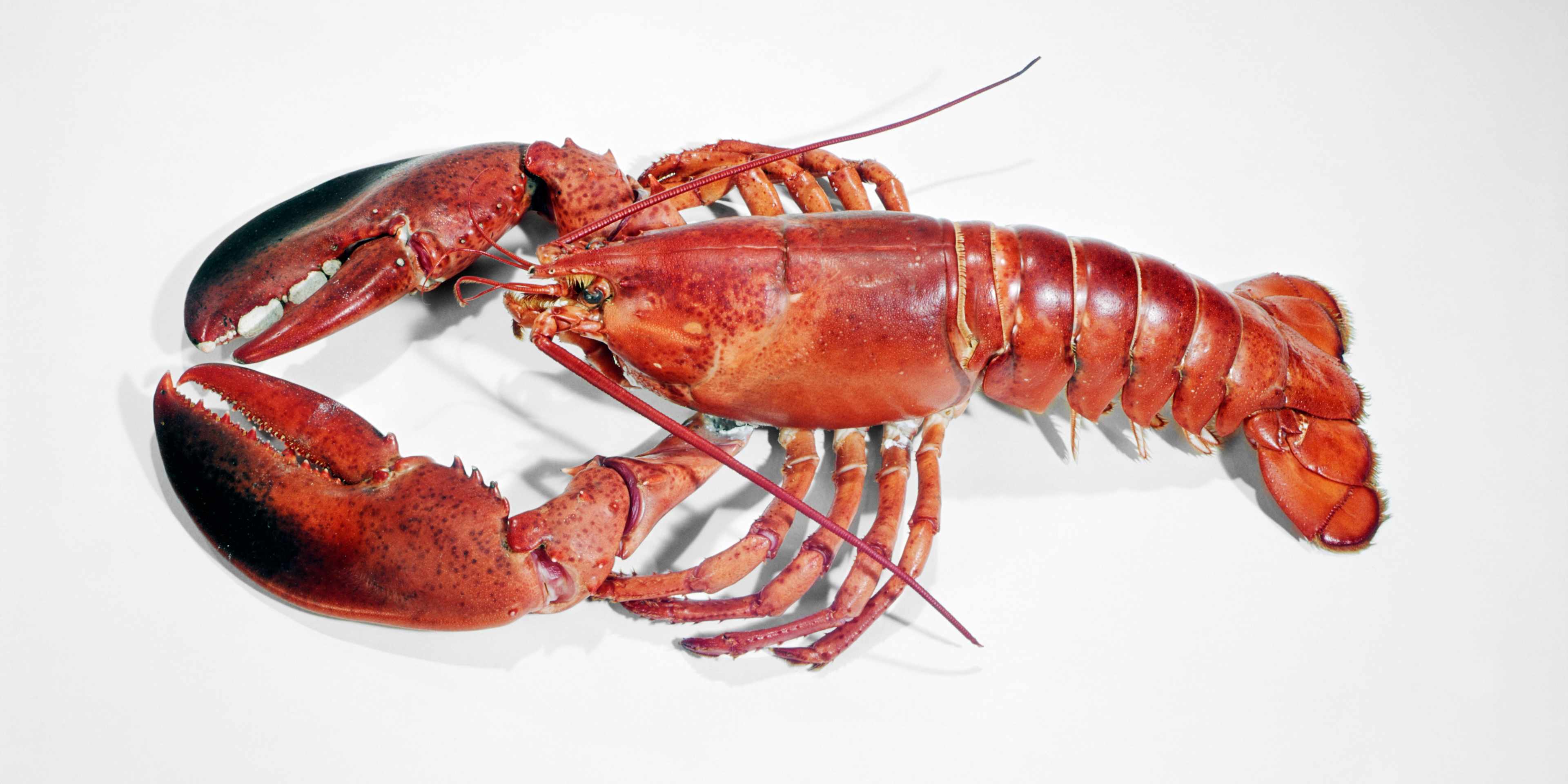Native Americans used lobsters in their both fishing and agriculture.
American Indians of the Eastern seaboard used lobsters to fertilize their crops and bait their fishing hooks. They also ate the abundant crustaceans, preparing them by covering them in seaweed and baking them over hot rocks. According to tradition, this cooking method inspired the classic New England clambake.
Lobsters collection has evolved over time.
At first, lobsters were gathered by hand along the shoreline. In the late 1700s, special boats known as smacks, which featured tanks with holes that allowed seawater to circulate, were introduced in Maine to transport live lobsters. The workers who operated these shellfish-friendly vessels were known as smackmen. It was not until the mid-19th century that lobster trapping, also first practiced in Maine, became a more popular way to collect the sea creatures. The first lobster "pound," a cordoned-off cove or tank where fresh lobster are stored in the water while awaiting sale, was established in a tidal creek in Vinalhaven, Maine, in 1875. The town is still home to a thriving lobster fishery.
Lobsters can be cannibalistic.
Once they make it into tight quarters of store display tanks, lobsters can display cannibalistic instincts. Sellers tightly band their claws to prevent them from feasting on their neighbors.
They eventually became a delicacy.
Lobster began to shed some of its negative reputation and gain a following among discriminating diners, particularly in Boston and New York City, during the 1880s. Prices immediately began to rise. Because lobster was considered a delicacy when World War II began, it was not rationed. The booming wartime economy allowed wealthy cravers of crustaceans to consume them at unprecedented rates. Though considered a rich and decadent food, lobster meat contains fewer calories than an equal portion of skinless chicken breast. It also boasts healthy omega-3 fatty acids, potassium and the vitamins E, B-12 and B-6.
Their size and age will surprise you.
American lobsters—or Maine lobsters, as they are commonly known—can weigh more than 40 pounds and grow up to 3 feet long. The largest lobster on record was caught off Novia Scotia in 1988. It weighed in at 44 pounds and was 42 inches long. Scientists believe it was at least 100 years old—twice the lifespan of the average lobster.
Lobsters are known for their unusual anatomy.
Lobster anatomy has changed little over the last 100 million years. Its brain is located in its throat, its nervous system in its abdomen, teeth in its stomach and kidneys in its head. It also hears using its legs and tastes with its feet. One of the few things lobsters have in common with humans: They tend to favor one front limb, meaning they can be right-clawed or left-clawed.







